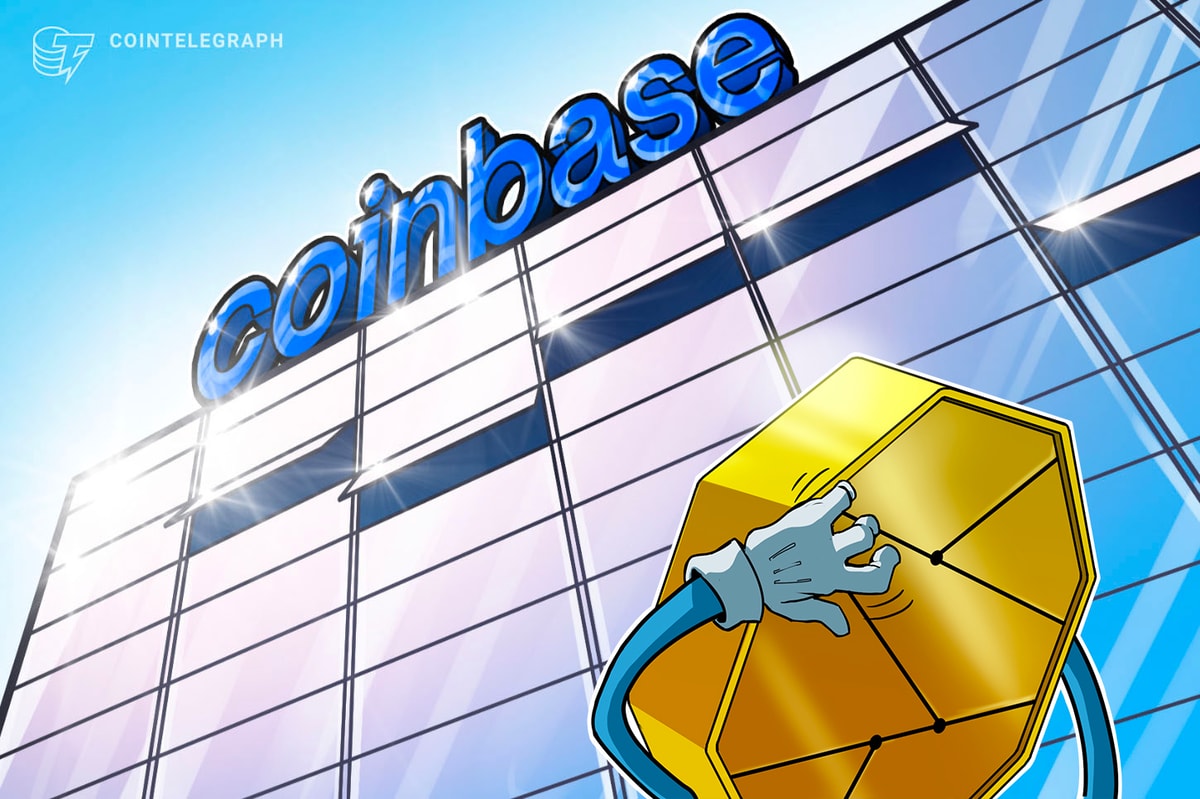The first thing Tomer Warschauer Nuni did as chief marketing officer of the blockchain game Kryptomon was to change its website description from “a play-to-earn game” to “a play-and-earn game.” This one-word update may seem minor, but according to Nuni, it is a distinction that has far-reaching implications in the Web3 gaming industry.
“The most important difference is that play-to-earn is basically a Ponzi scheme,” said Nuni, who joined Kryptomon in August 2021. “There is no world where a play-to-earn model is sustainable. It’s like a gold rush, where companies are selling entry tickets to the mine, as well as shovels and protective gear, and everybody is rushing to get their hands on currency. But when the mine starts to run out of gold, everyone then rushes to sell their unused tickets and gear.”
A play-and-earn model, by contrast, focuses first on developing a game users want to play and then the moneymaking component. Play-and-earn game developers aren’t concerned with racking up huge earnings and user numbers as quickly as possible. Instead, they concentrate on long-term goals, like building community, making ongoing game improvements and creating a stable token economy.
“If it’s an earn-first, not a game-first, approach, as soon as you don’t make enough money, you will go away,” said Nuni. “Game developers understood the great potential of tokenizing their game currency and assets as NFTs. But they rushed to create a play-to-earn model based on a token economy that hadn’t proven itself yet. Now there’s an industry-wide shift toward creating sustainable models.”
Here are five actions Nuni recommends taking to build a successful play-and-earn game:
1. Make fun the priority.
First and foremost, invest in developing a high-quality game that is fun to play. Don’t simply create a game that will look good in a video to launch a profitable initial DEX offering (IDO). Think of your users and what they want from your game. Which elements would be most enjoyable for them? What would create long-term value and keep them coming back?
2. Build a team with diverse skills and experience.
Hire a team that knows how to create great games — and not one only made up of Web3 blockchain developers. Look for people who have strong backgrounds in Web2 gaming, token economies and other complementary domains. Developers and marketers who built Web2 equity companies, for example, can bring valuable skills that can be adapted and improved for Web3 projects.
3. Cultivate a community around your game.
Create and nurture an active community around your game, and involve them in as many decisions as possible. Use them as alpha and beta testers for new releases before they go live. Solicit their feedback in regular questionnaires and focus groups, and implement changes based on their opinions and experiences. Your community is the heart of your game, so demonstrate you value them in small and large ways.
4. Make the game accessible to everyone.
Remember that most people are still Web2 players, not savvy crypto gamers. To reach the maximum number of players, create a free-to-play model alongside your NFT model. The NFT players should of course receive significantly more benefits than free-to-play users. They will own the digital assets they are developing and can earn money by selling them, which free-to-play users can’t do unless they become NFT players. Your ultimate goal should be onboarding a large community of Web2 users in an approachable way, while showing them the value of becoming NFT players.
5. Treat guilds as partners, not banks.
Don’t make the mistake of seeing crypto gaming guilds as quick sources of money. Treating them like banks establishes purely transactional relationships that can only harm your project. Guilds should be your valued partners and affiliates. Look for ways to work together for mutual long-term benefit, not short-term gain.
“Kryptomon’s approach was always game-oriented, but we didn’t start with all the knowledge that we have today,” said Nuni. “Until a year ago, we were calling our game ‘play-to-earn’ just like everybody else. I’ve always liked the saying, ‘Learn from the mistakes of others. You can’t live long enough to make them all yourself.’ So now I’m teaching from our mistakes and what we learned early on to get where we are today.”
This article was published through Cointelegraph Innovation Circle, a vetted organization of senior executives and experts in the blockchain technology industry who are building the future through the power of connections, collaboration and thought leadership. Opinions expressed do not necessarily reflect those of Cointelegraph.
Learn more about Cointelegraph Innovation Circle and see if you qualify to join











